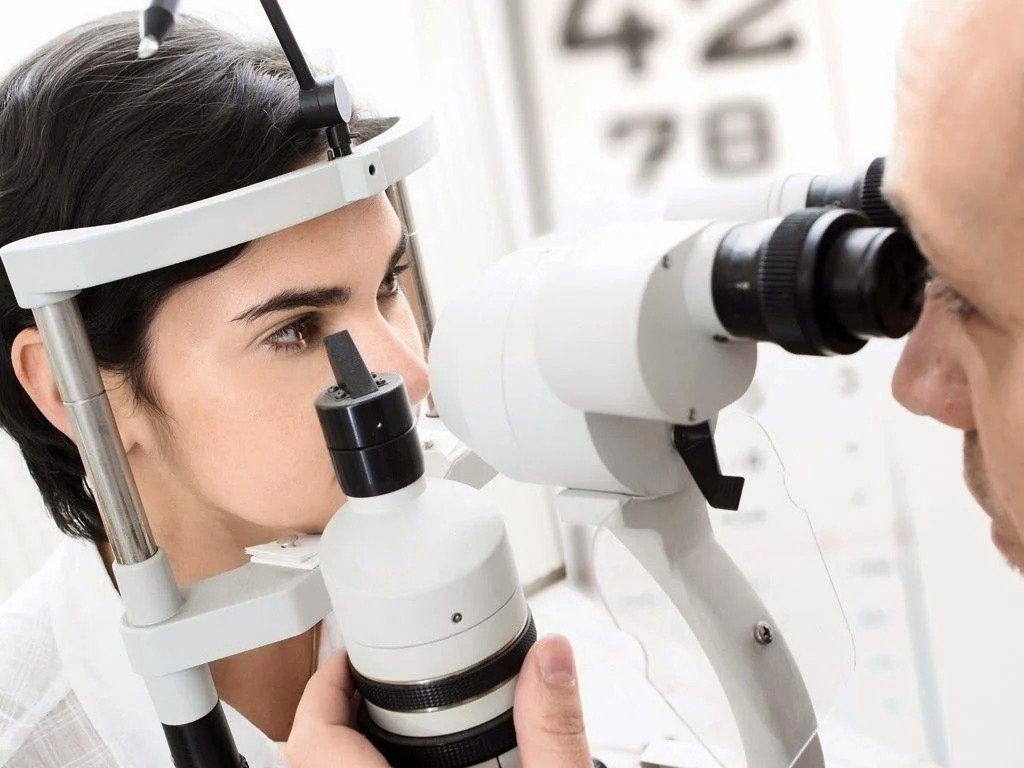
Foreign Body Removal in the Eye
Accidental foreign bodies in the eye, such as dust, metal particles, or chemicals, can cause discomfort, pain, and potential damage to the eye. Prompt and proper removal of these foreign bodies is crucial to prevent further complications.
STEP 1: ASSESS THE SITUATION
Stay calm and reassure the affected person.
Encourage them to avoid rubbing the eye, as it may worsen the situation.
Determine if the foreign body is visible or embedded in the eye. Caution should be exercised if the object is embedded, as it may require professional medical assistance.
STEP 2: PREPARE FOR REMOVAL
Wash your hands thoroughly with soap and water.
Gather the necessary tools: clean, sterile cotton swabs, sterile saline solution or clean water, a well-lit area, and a mirror if available.
If available, put on disposable gloves to maintain a sterile environment.
STEP 3: REMOVAL TECHNIQUE
Instruct the affected person to look upward while you gently hold their eyelid open.
Ask them to blink several times; this may help flush out small particles.
If the foreign body is visible and not embedded, use a moistened cotton swab or the corner of a clean cloth to gently remove it from the inner corner of the eye outward. Avoid applying excessive pressure.
If the foreign body is embedded or persistent, do not attempt removal. Advise the person to seek immediate professional medical attention.
STEP 4: POST-REMOVAL CARE
Once the foreign body is successfully removed, encourage the person to blink several times to clear any remaining debris.
If there is lingering discomfort or irritation, instruct the affected person to rinse their eye gently with sterile saline solution or clean water.
Advise them to avoid rubbing or touching the eye excessively and to refrain from wearing contact lenses until the eye has fully recovered.
If symptoms persist or worsen after removal, recommend seeking professional medical assistance.
IMPORTANT CONSIDERATIONS:
Do not attempt to remove an embedded or deeply lodged foreign body, as it may cause further damage. Refer the person to an eye care professional for immediate attention.
If the foreign body is a chemical substance, instruct the person to flush their eye with clean water for at least 15 minutes before seeking medical help.
Eye protection, such as safety goggles, should be worn in hazardous environments to prevent foreign bodies from entering the eye.
Prompt and appropriate removal of foreign bodies from the eye is vital for minimizing discomfort and preventing potential eye damage. By following the steps outlined in this handout, you can safely assist in the removal of visible foreign bodies. Remember, if the foreign body is embedded, persistent, or causing severe symptoms, it is crucial to seek immediate professional medical attention.





